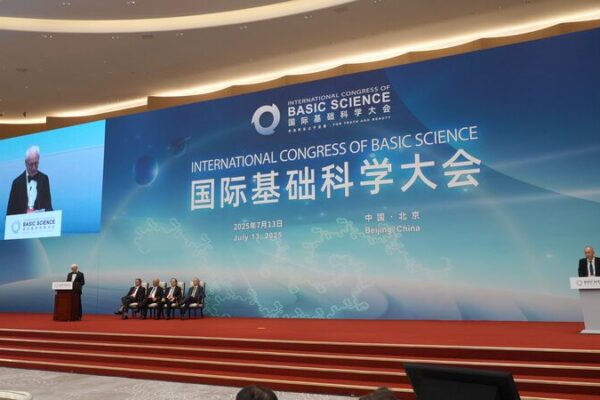Chinese Scientists Break New Ground with Ultra-Thin 2D Metals
Chinese scientists have achieved a remarkable breakthrough by creating metals only one atom thick—a development that could revolutionize technology and usher in a new era of material science.
A research team from the Institute of Physics at the Chinese Academy of Sciences has successfully fabricated single-atom-layer metals, which are as thin as one 200,000th the diameter of a human hair. Their findings were published in the latest issue of the prestigious journal Nature.
Since the discovery of graphene in 2004, two-dimensional (2D) materials have captivated scientists worldwide, leading to significant advancements in physics and material science. However, until now, creating stable 2D metals has been a daunting challenge due to the strong bonds between metal atoms.
“By developing a novel method we call ‘van der Waals squeezing,’ we’ve managed to create various 2D metals like bismuth, tin, lead, indium, and gallium,” explained Zhang Guangyu, the leading scientist of the team. “These metals are incredibly thin—if you compressed a three-meter metal cube to a single-atom layer, it would cover the entire ground surface of Beijing.”
International experts have hailed this achievement as a major advance in the study of 2D materials. “This fills a significant gap in the 2D materials family and will spur further theoretical, experimental, and technological developments,” said team member Du Luojun.
The potential applications of these ultra-thin metals are vast. According to Zhang, “Just as traditional metals propelled humanity through the Copper, Bronze, and Iron Ages, 2D metals could drive the next stage of human civilization. They could lead to innovations in ultra-micro low-power transistors, high-frequency devices, transparent displays, ultra-sensitive sensors, and efficient catalysts.”
This groundbreaking work not only marks a significant milestone for Chinese scientists but also opens new horizons for researchers and technologists around the world.
Reference(s):
Pioneering Chinese scientists shaping future of 2D metal research
cgtn.com








